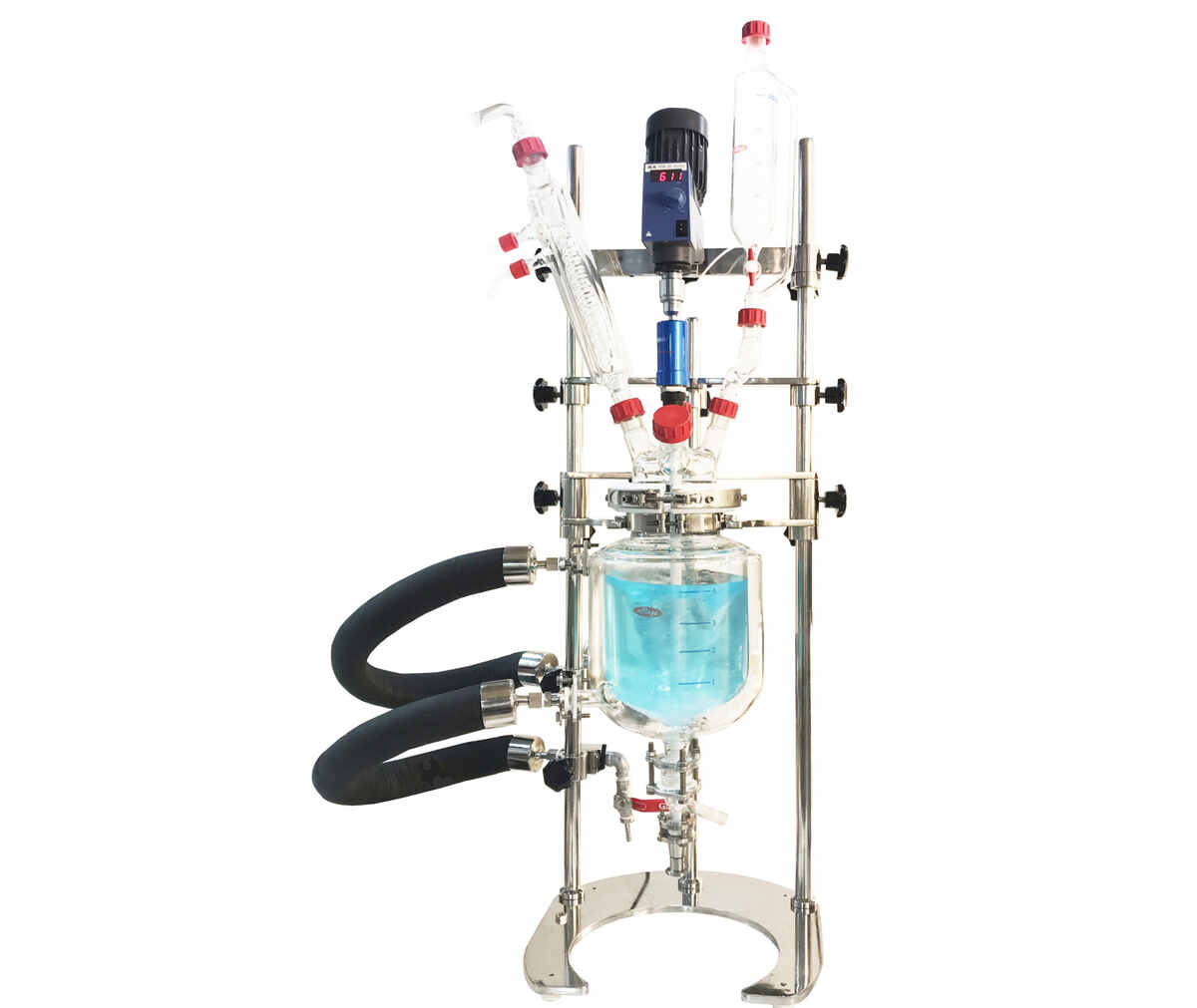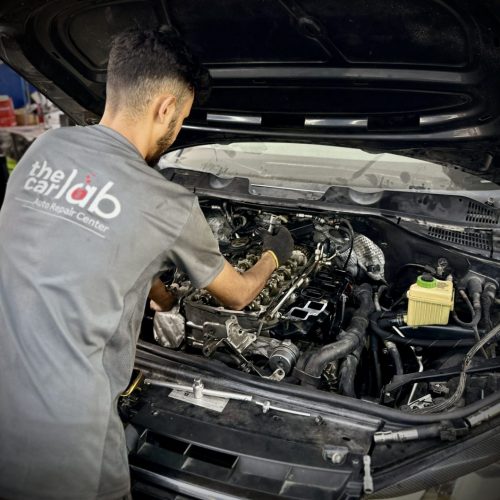Glass reactor vessels have emerged as an essential tool in this landscape, offering not only visual transparency but also chemical resistance and temperature control capabilities critical for advanced experimentation. lemari asam – roland/ fume hoods explores the innovations in glass reactor vessels, highlighting their importance, design improvements, and practical advantages for laboratories and institutions.
The Role of Glass Reactor Vessels in Laboratory Research
Glass reactor vessels are widely used in chemical and biochemical reactions where visibility, temperature regulation, and resistance to corrosive substances are key. Their transparent design allows researchers to observe reaction progress in real-time—an invaluable feature during synthesis, crystallization, mixing, or distillation.
Typical applications include:
- Organic and inorganic synthesis
- Polymer research
- Pilot plant operations
- Scale-up processes for pharmaceutical production
Glass reactors provide consistent, repeatable conditions that are vital for reproducibility in experimental setups and long-term research studies.
Innovative Features Driving Modern Glass Reactor Designs
Recent innovations in glass reactor vessels have significantly enhanced their safety, efficiency, and usability. Today’s designs are more robust, versatile, and customizable than ever before, integrating advanced technology to support a broad spectrum of applications.
Jacketed Glass Reactors for Precise Thermal Control
One of the most significant advances is the use of jacketed vessels, which allow fluid circulation around the reaction chamber. This feature enables precise control of the internal temperature—essential for reactions sensitive to thermal fluctuations.
Advanced models come with dual or triple jackets for combined heating and cooling systems, supporting highly exothermic or endothermic reactions. Integration with thermostatic controllers further automates and refines temperature regulation.
Modular and Scalable Configurations
Innovative glass reactor systems now offer modular designs, allowing laboratories to upgrade or reconfigure components based on project requirements. This includes interchangeable vessels of different capacities (ranging from 500 mL to 100 liters or more), adjustable impellers, and various condenser or distillation attachments.
For institutions scaling research from laboratory to pilot levels, this modularity supports seamless transitions without the need for complete system overhauls.
Smart Monitoring and Automation
Many leading manufacturers are incorporating digital controls and sensors into their reactor systems. These smart features allow users to monitor variables such as temperature, pH, and mixing speed in real time through touchscreen interfaces or remote software.
Advanced data logging, alarm systems, and recipe-based automation are becoming standard, ensuring higher consistency and safety in repeated procedures.
Enhanced Material Strength and Chemical Resistance
While borosilicate glass remains the industry standard due to its excellent thermal resistance and chemical durability, manufacturers have enhanced vessel integrity through reinforced glass compositions and integrated support frames. Some systems also feature anti-corrosive PTFE (Teflon) coatings or internal components to handle aggressive reagents.
Practical Advantages for Laboratories and Institutions
Upgrading to modern glass reactor vessels offers numerous benefits for institutional labs:
Improved Process Control: Temperature, pressure, and mixing speed can be finely tuned for optimized results.
Greater Safety: Closed systems minimize exposure to hazardous vapors and chemicals.
Cost Efficiency: Reusable glass components and modular parts reduce the need for frequent replacements or system overhauls.
Regulatory Compliance: Many systems are built to comply with GMP, GLP, and ISO standards, facilitating easy integration into regulated environments.
For teaching labs, the clear visibility and modularity of glass reactors provide ideal learning tools for students to understand process chemistry hands-on.
Choosing the Right Glass Reactor System
When selecting a glass reactor vessel, institutions should consider:
Capacity Requirements: Ensure the reactor volume suits your scale of operation.
Temperature Range: Check compatibility with heating/cooling systems.
Stirring Mechanism: Magnetic vs. mechanical stirring depending on viscosity and reaction type.
Automation Needs: Evaluate the need for smart controls or integration with existing lab management systems.
Maintenance and Support: Choose systems with accessible maintenance support and readily available spare parts.
Final Thoughts
The future of lab-based chemical research lies in precision, safety, and adaptability—all hallmarks of today’s innovative glass reactor vessels. As laboratories and institutions continue to expand their research capabilities, investing in high-quality, technologically advanced reactor systems will be key to staying competitive and compliant in a demanding scientific environment.
Whether for small-batch synthesis or large-scale production, the modern glass reactor is not just a vessel—it’s a cornerstone of controlled and reproducible science.













